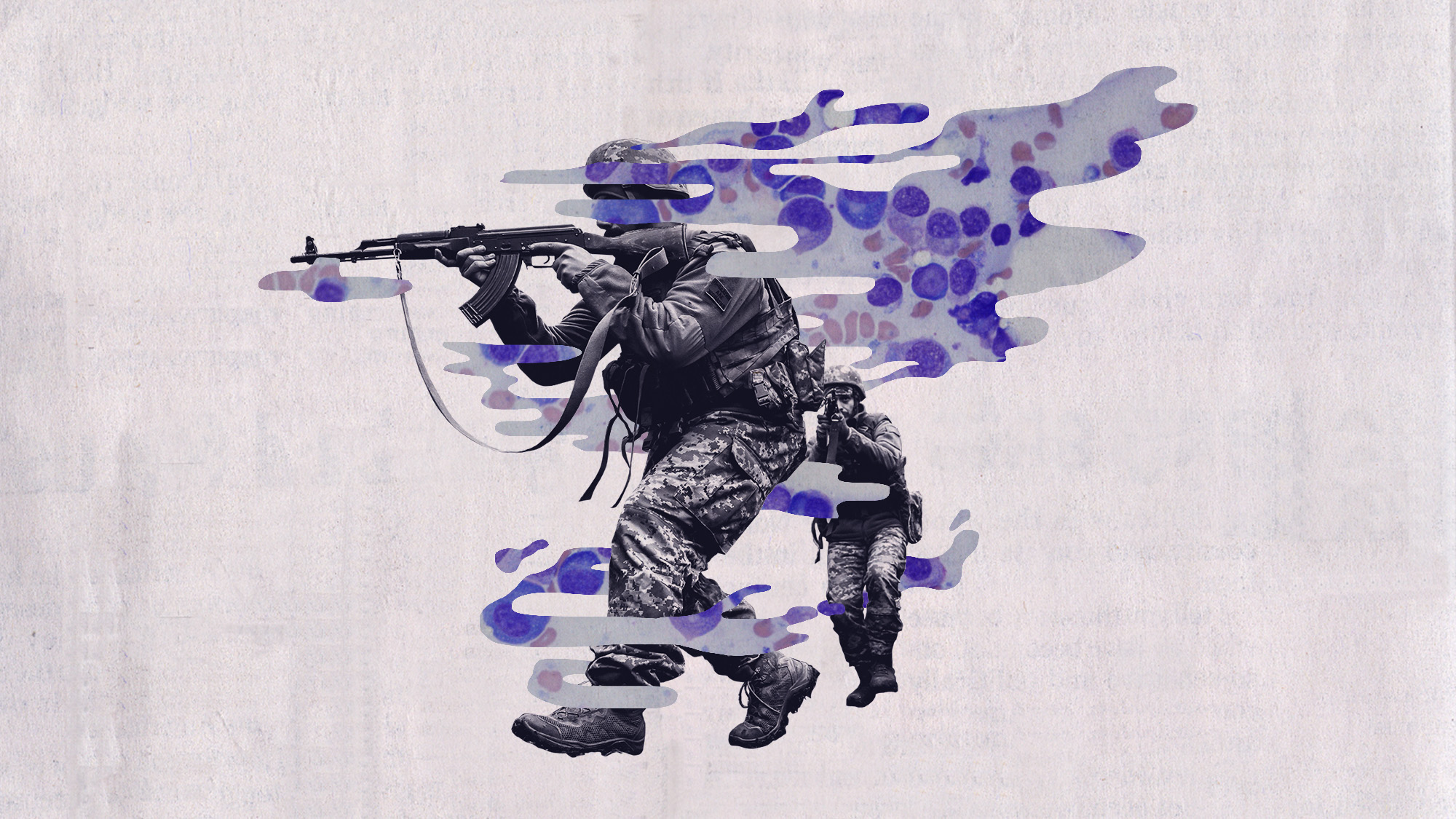The American tradition of execution
When Oklahoma City bomber Timothy McVeigh was executed June 11, he was first put to sleep, and then given two drugs that killed him. How has the quest for public support changed the way America puts capital criminals to death?
How long has capital punishment been legal in the U.S.?
Since before the country was officially founded. The first recorded American execution occurred in 1608, when George Kendall of the British colony of Virginia was put to death by firing squad; he had been charged with being a spy for Spain. After independence, the First Congress of the United States authorized capital punishment for 12 offenses, including murder, treason, and piracy. From 1790 to the present, there has always been some form of death-penalty law on the books. The Supreme Court put a temporary halt to executions in 1972, when it threw out a Georgia law giving juries complete discretion over when to sentence someone to death. The justices determined that the law made the death penalty’s imposition arbitrary and therefore unjust. The ruling forced states and the federal government to rewrite their capital-punishment laws. The first to be executed under the new laws was Gary Gilmore, who dropped all appeals of his sentence for two murders and demanded to face the firing squad. In 1977, he got his wish. After a black hood was dropped over Gilmore’s head, he called out, “Let’s do it,” and five marksmen opened fire.
Does execution by firing squad bring instant death?
The Week
Escape your echo chamber. Get the facts behind the news, plus analysis from multiple perspectives.

Sign up for The Week's Free Newsletters
From our morning news briefing to a weekly Good News Newsletter, get the best of The Week delivered directly to your inbox.
From our morning news briefing to a weekly Good News Newsletter, get the best of The Week delivered directly to your inbox.
That depends on the accuracy of the marksmen. Death has come in as little as 15 seconds, with blood loss resulting in nearly instant shock and unconsciousness. In one case, however, it took a prisoner 27 minutes to die from his wounds. Gary Gilmore was pronounced dead two minutes after he was shot in the heart.
What other methods of execution have been used in the U.S.?
Hanging was the method of choice for about a century. It is still authorized in Delaware, New Hampshire, and Washington as an alternative to lethal injection. If properly done, hanging can cause death quickly by snapping the third and fourth cervical vertebrae. The prisoner’s drop through the trapdoor in the gallows must be calculated with precision. If the prisoner does not fall with enough force, the neck won’t break, and the condemned is slowly strangled to death. If the rope is too long, as was the case in Arizona’s 1930 hanging of Eva Dugan, the fall can generate enough force to decapitate the prisoner (Dugan’s head was ripped from her body). By the end of the 19th century, the search for a more humane and foolproof method led to the first execution in the electric chair.
How did electricity come to be used for executions?
A free daily email with the biggest news stories of the day – and the best features from TheWeek.com
Historians credit Thomas Edison with popularizing the idea. In 1886, the New York state government launched a search for an execution method that would be more civilized than hanging. At about the same time, Edison was busy trying to protect his leadership of the budding electricity market. Edison’s direct current (DC) power was costlier than competitor Westinghouse’s alternating current (AC) electricity, so Edison set out to smear the image of AC current. He held public demonstrations where he shocked animals to death to illustrate the dangers of AC. Edison then lobbied for his competitor’s power to be used in the first electric chair, hoping consumers would then fear the tainted AC. He won the battle, and New York wired the world’s first electric chair with alternating current, executing murderer William Kemmler in 1890. For a time, a prisoner put to death in the chair was said to have been “Westinghoused.”
How does the electric chair kill its occupant?
The first jolt of electricity is designed to cause unconsciousness, with subsequent jolts cooking the body to a temperature of 138 degrees. In the process, the person heaves in his harness, foams at the mouth, sweats blood, defecates, emits a singed odor, and sometimes bursts into flames. Also, the eyeballs pop out of the head, which is why prisoners were made to wear leather masks over their faces.
What other execution methods have been used?
Under public pressure to make executions seem less violent, the gas chamber was developed shortly after World War I. In 1924, Nevada became the first state to use this new technique. But a number of executions in the gas chamber have been botched, with prisoners thrashing and struggling about for as long as six minutes. As a result of court challenges calling it “cruel and unusual” punishment, the nation’s gas chambers have been used only 11 times in the last 30 years. With public opinion of both the gas chamber and the electric chair souring, Oklahoma, in 1977, adopted lethal injection as a more palatable alternative. Today, the federal government and 36 of the 38 states with capital punishment have authorized lethal injection. Only two states, Alabama and Nebraska, still use electrocution as their only death-penalty technique.
Who are some of the well-known criminals who have been executed?
Bruno Hauptmann, convicted of the kidnapping and murder of the Lindbergh baby, was electrocuted in 1936. Julius and Ethel Rosenberg were sent to the chair in 1953 after they were convicted of passing nuclear secrets to the Soviet Union. Perhaps the most indelible image of American execution is a photo of the 1927 electrocution of Ruth Snyder. A New York Daily News photographer, admitted as a media witness, surreptitiously snapped the photograph with a camera strapped to his ankle as Snyder was jolted in the electric chair.
Famous last words
-
 Antibiotic resistance: the hidden danger on Ukraine’s frontlines
Antibiotic resistance: the hidden danger on Ukraine’s frontlinesUnder The Radar Threat is spreading beyond war zones to the ‘doorstep’ of western Europe
-
 ‘Capitalism: A Global History’ by Sven Beckert and ‘American Canto’ by Olivia Nuzzi
‘Capitalism: A Global History’ by Sven Beckert and ‘American Canto’ by Olivia NuzziFeature A consummate history of capitalism and a memoir from the journalist who fell in love with RFK Jr.
-
 Who will the new limits on student loans affect?
Who will the new limits on student loans affect?The Explainer The Trump administration is imposing new limits for federal student loans starting on July 1, 2026